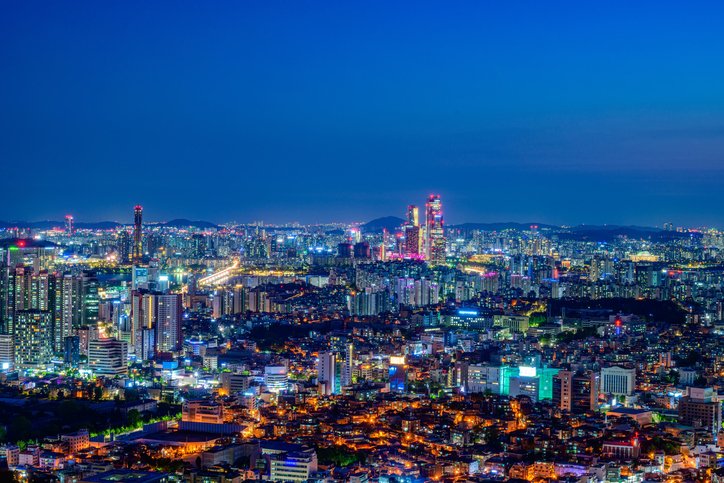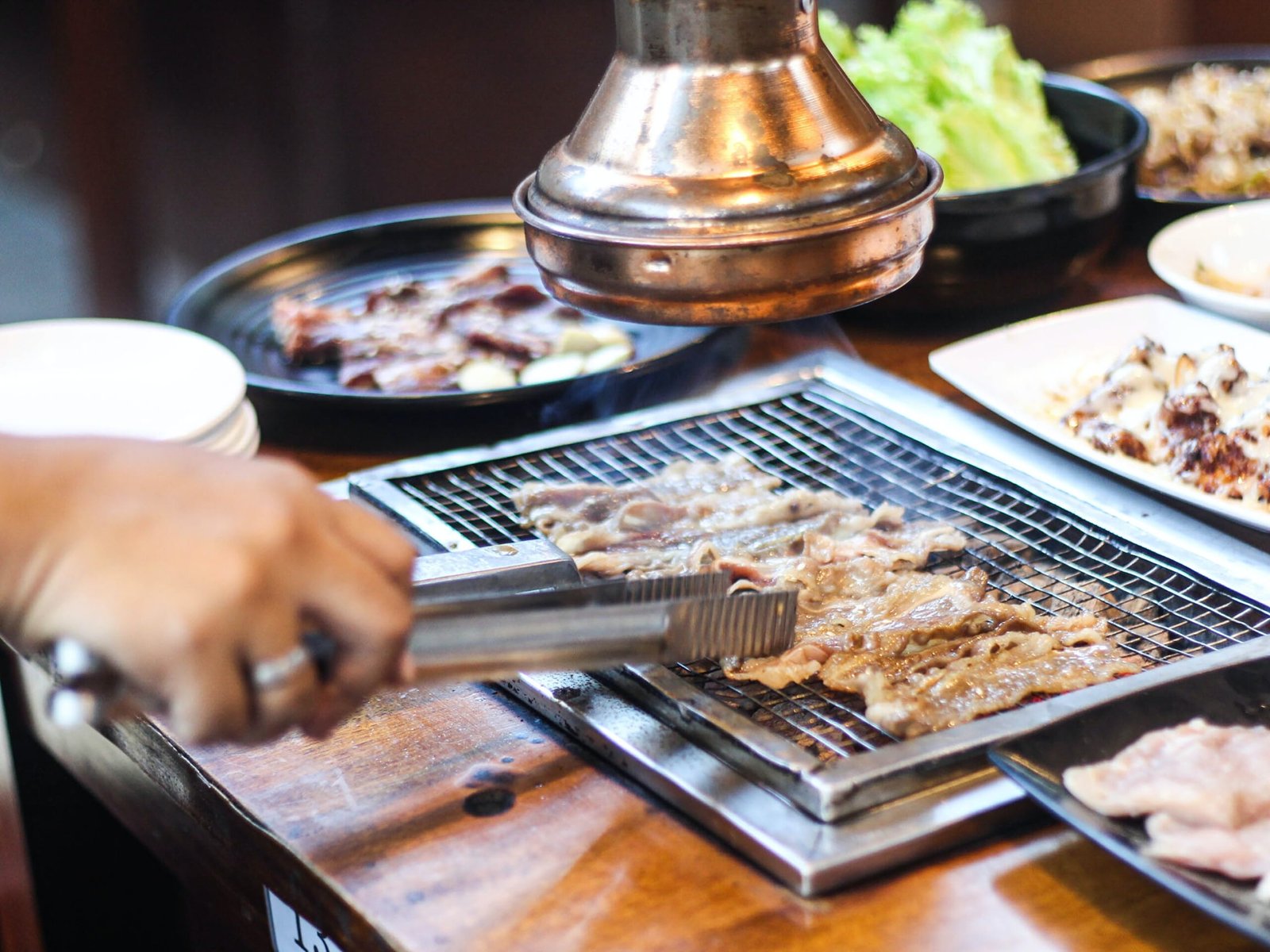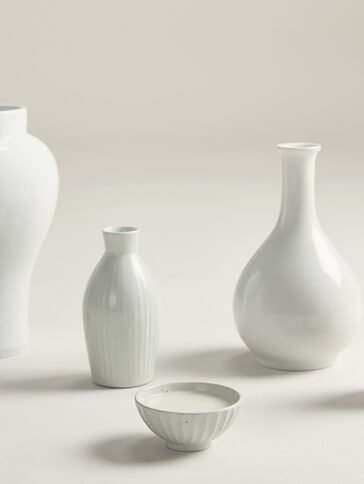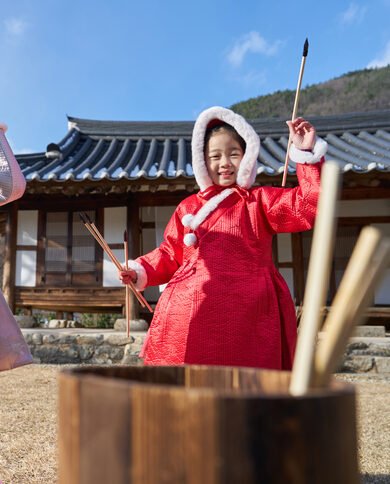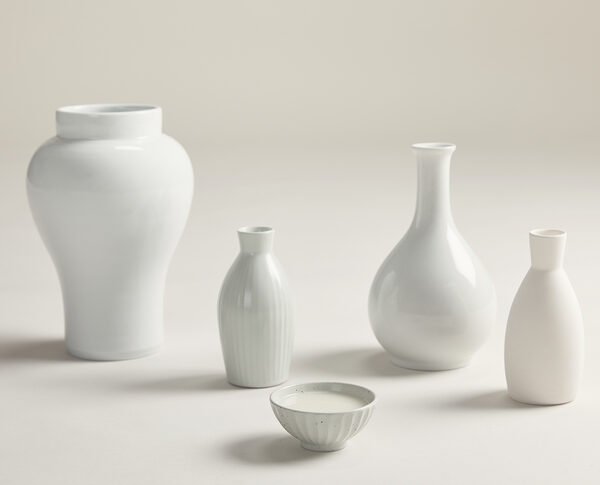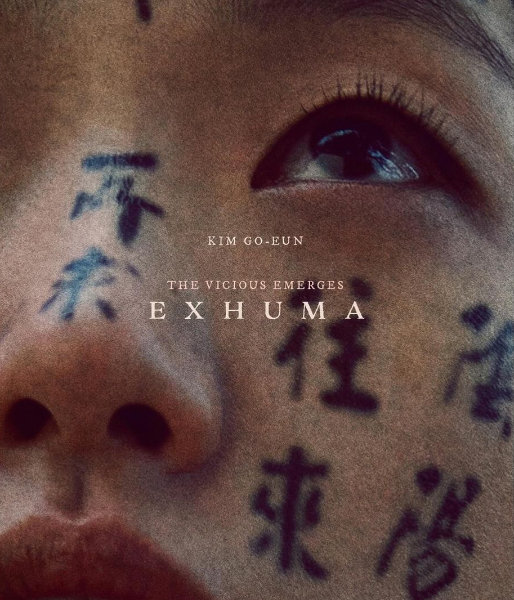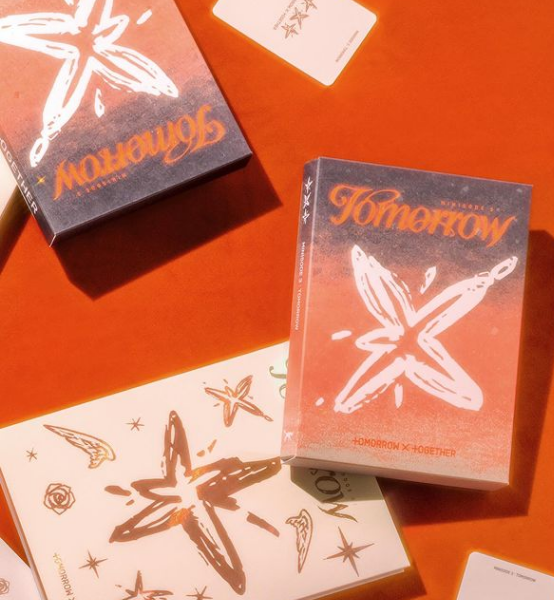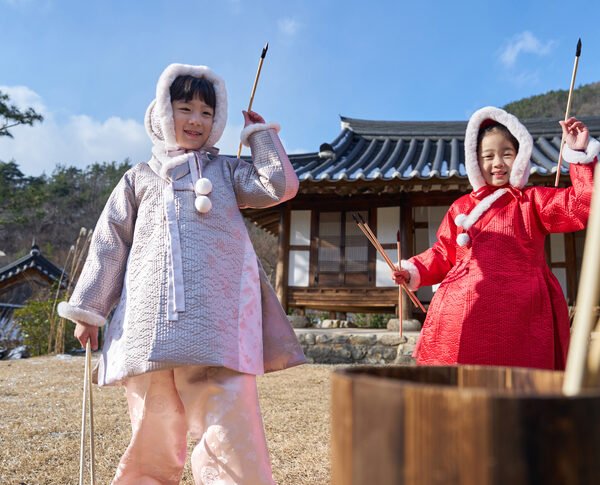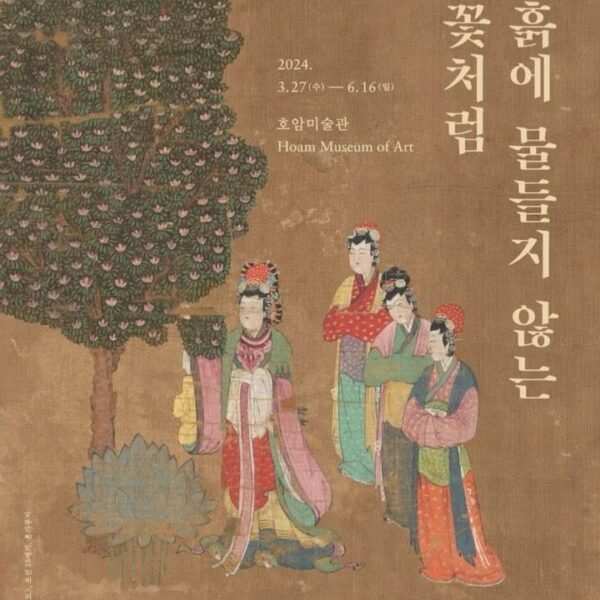Have you ever wondered what lies beyond Seoul’s glittering skyscrapers and rapid pace? Seoul, the capital of South Korea, is not just a modern metropolis, but also a city that is rich in history, culture, and art. With its ancient city walls, easily hikeable and surrounding the city, and five palaces that offer a glimpse into the past, Seoul is a perfect destination for history enthusiasts. And for those looking to experience modern Korea, the city’s legendary and overwhelming nightlife, particularly in the Gangnam area, is a great place to start. From clubs with world-renowned DJs to intimate karaoke sessions, Seoul has something for everyone.
History of Seoul
Seoul’s ancient city walls
Seoul is rich in history, and one of its most significant historical features is its ancient city walls. These walls were built in the late 14th century during the Joseon Dynasty and served as a protective barrier around the city. Spanning over 18 kilometers, the walls are divided into four main sections: Naksan, Namsan, Bugaksan, and Inwangsan. Today, visitors can take a walk along these walls and enjoy panoramic views of the city while experiencing a glimpse of Seoul’s past.
Five palaces of Seoul
Seoul is home to five majestic palaces, each showcasing the grandeur and beauty of traditional Korean architecture. These palaces served as the residences of the Joseon Dynasty kings and played an integral role in the country’s history. The five palaces are Gyeongbokgung, Changdeokgung, Changgyeonggung, Deoksugung, and Gyeonghuigung. Gyeongbokgung, the largest palace, is particularly famous for its stunning gardens, intricate pavilions, and the majestic Gwanghwamun Gate. Visitors to Seoul should not miss the opportunity to explore these palaces and immerse themselves in the rich heritage of Korea.
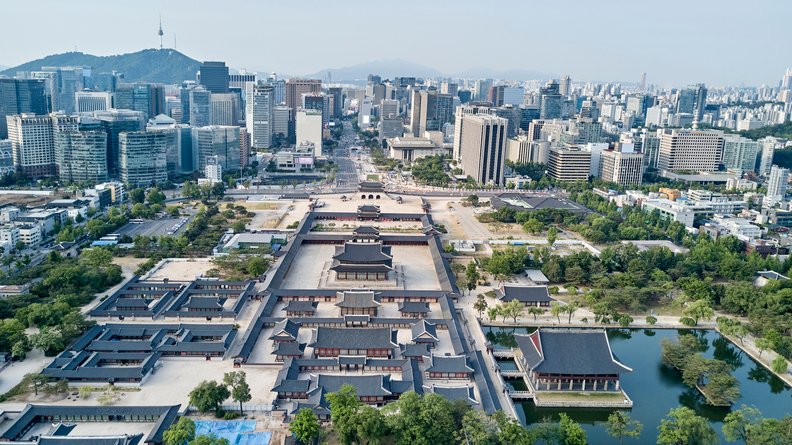
Culture of Seoul
Seoul’s reputation for rapid pace and technological prowess
Seoul has gained a global reputation for its rapid pace and technological prowess. As the capital of South Korea, the city is a thriving hub of innovation and progress. From its iconic skyscrapers to its state-of-the-art transportation systems, Seoul showcases the nation’s advancements in technology. The city is also home to numerous tech giants and startups, making it an exciting destination for tech enthusiasts and entrepreneurs.
Exploring traditional Korean culture
While Seoul is known for its modernity, the city is deeply rooted in traditional Korean culture. Visitors can immerse themselves in this rich heritage by exploring historic neighborhoods like Insadong and Bukchon Hanok Village. These areas are filled with traditional Korean houses, known as hanoks, where visitors can experience traditional tea ceremonies, try on traditional clothing called hanbok, and learn about ancient crafts and arts.
Modern Korea and its influence on Seoul’s culture
Seoul’s vibrant culture is also heavily influenced by modern Korea. The city has become a center for K-pop music, Korean dramas, and fashion trends. Gangnam, in particular, is known for its trendy shopping streets, luxury brands, and stylish boutiques. Visitors can explore this district and immerse themselves in the latest fashion and entertainment trends.
Seoul’s nightlife is legendary, offering a diverse range of options for partygoers and night owls. The city is filled with bustling clubs, trendy bars, and lively karaoke rooms. Gangnam, in particular, is famous for its upscale clubs attracting renowned DJs from around the world. Whether you’re looking for a night of dancing, live music, or a more intimate karaoke experience, Seoul has something to offer for everyone.
Art in Seoul
Art scene in Seoul
Seoul has a thriving and dynamic art scene, with numerous galleries and art spaces showcasing the works of local and international artists. The city is known for its contemporary art, ranging from experimental installations to contemporary paintings and sculptures. Art districts like Samcheong-dong and Hongdae are popular among art enthusiasts, offering a mix of galleries, street art, and art cafes.
Visiting galleries and museums
Seoul is home to a wide range of galleries and museums, offering visitors a chance to immerse themselves in the vibrant art and culture of the city. The National Museum of Korea, located near Gyeongbokgung Palace, houses a vast collection of Korean art and artifacts, including ancient relics and traditional crafts. Other notable museums include the Leeum, Samsung Museum of Art, and the Seoul Museum of Art.
Filming locations of famous movies in Seoul
Seoul’s unique blend of modernity and tradition has made it a popular filming location for both Korean and international movies. Visitors can explore the city and visit iconic filming locations, such as the Gwangjang Market, featured in the Oscar-winning movie “Parasite,” or the N Seoul Tower, which appeared in the romantic drama “My Love from the Star.” These filming locations offer a glimpse into the city’s vibrant culture and are a must-visit for movie enthusiasts.
Exploring Neighborhoods
Gangnam
Gangnam is one of the most upscale and trendy neighborhoods in Seoul. Known for its luxurious shopping streets, high-end boutiques, and world-class dining options, Gangnam offers a glimpse into Seoul’s modern and affluent lifestyle. Visitors can stroll along the famous Apgujeong Rodeo Street, explore COEX Mall, or relax in one of the neighborhood’s many trendy cafes.
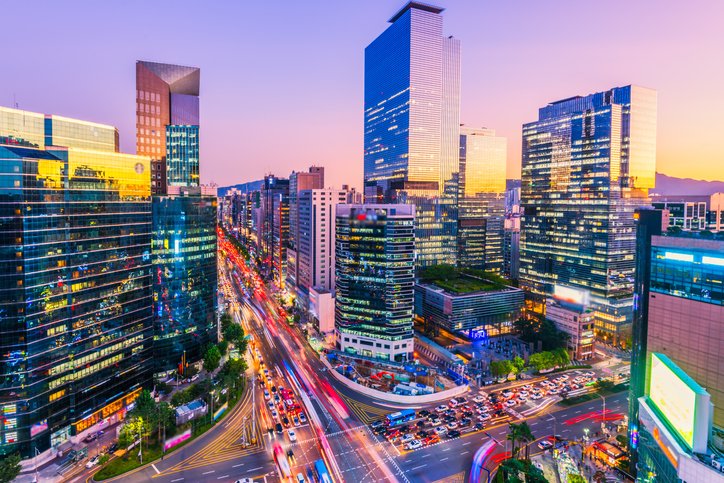
Insadong
Insadong is a neighborhood renowned for its traditional Korean art and culture. It is filled with art galleries, antique shops, and traditional tea houses. Visitors can explore the charming alleyways lined with hanbok-clad tourists, watch street performances, and purchase unique souvenirs. Insadong is an excellent place to immerse yourself in traditional Korean aesthetics and experience the timeless beauty of the country’s cultural heritage.
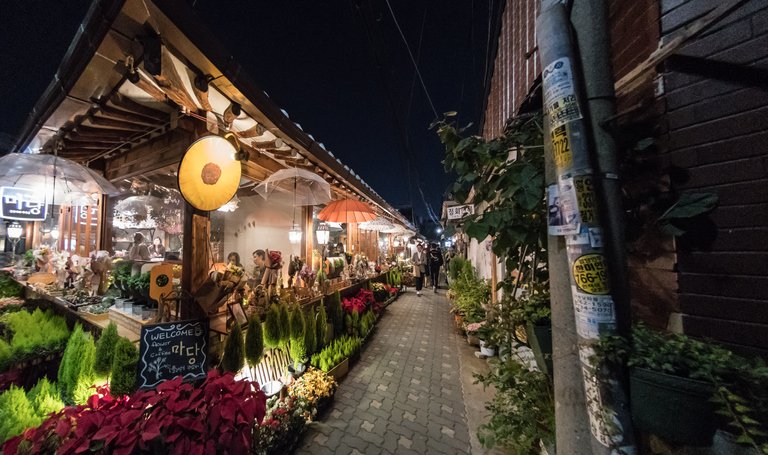
Hongdae
Hongdae is Seoul’s vibrant and youthful neighborhood, known for its thriving indie music and art scene. It is home to numerous live music clubs, street performances, and art markets. Visitors can enjoy live performances by local bands, browse unique handmade crafts, and experience the energetic and creative atmosphere that permeates the streets of Hongdae.
Myeongdong
Myeongdong is a bustling shopping district in Seoul, famous for its trendy fashion boutiques, beauty shops, and street food stalls. Here, visitors can shop for the latest fashion trends, try delicious Korean street food, and explore the vibrant shopping malls. Myeongdong is also home to iconic landmarks like Myeongdong Cathedral and the Lotte Department Store, making it a popular destination for both locals and tourists.
Itaewon
Itaewon is a diverse and multicultural neighborhood in Seoul, known for its international cuisines, unique shops, and vibrant nightlife. The neighborhood attracts a mix of locals, expatriates, and tourists from around the world. Visitors can enjoy a wide range of global cuisines, shop for imported goods and vintage clothing, and experience a lively and cosmopolitan nightlife.
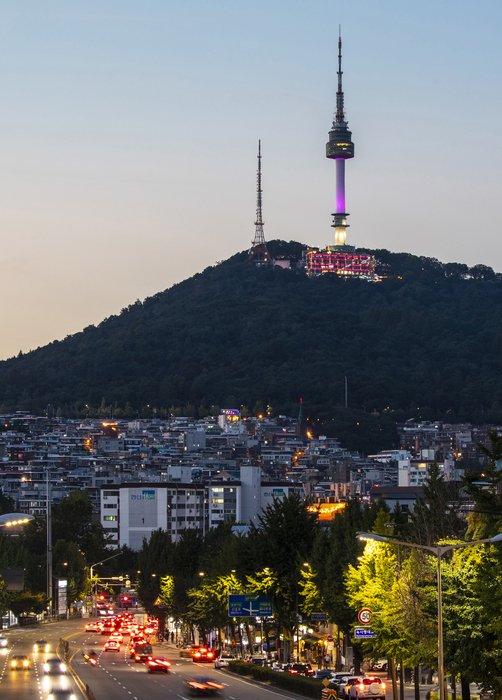
Historical Landmarks
Gyeongbokgung Palace
Gyeongbokgung Palace is the largest and most iconic palace in Seoul. It served as the main royal palace during the Joseon Dynasty and is known for its grand architecture and picturesque surroundings. Visitors can explore the palace’s various halls, pavilions, and gardens, and even witness the traditional Changing of the Guards ceremony. Gyeongbokgung Palace offers a glimpse into Korea’s royal heritage and is a must-visit for history enthusiasts.
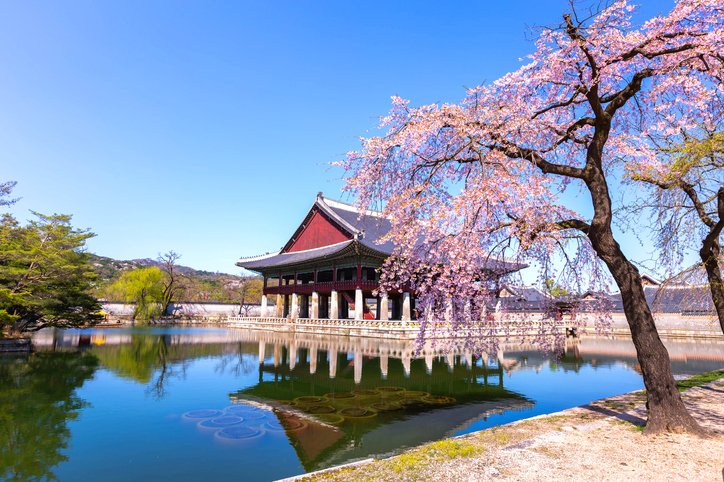
Changdeokgung Palace
Changdeokgung Palace is another significant historical landmark in Seoul. It is renowned for its beautiful gardens and has been designated as a UNESCO World Heritage site. Visitors can take a guided tour of the palace and explore its stunning architecture, including the iconic Huwon Secret Garden. Changdeokgung Palace offers a tranquil escape from the bustling city and a chance to step back in time to experience the elegance of the Joseon Dynasty.
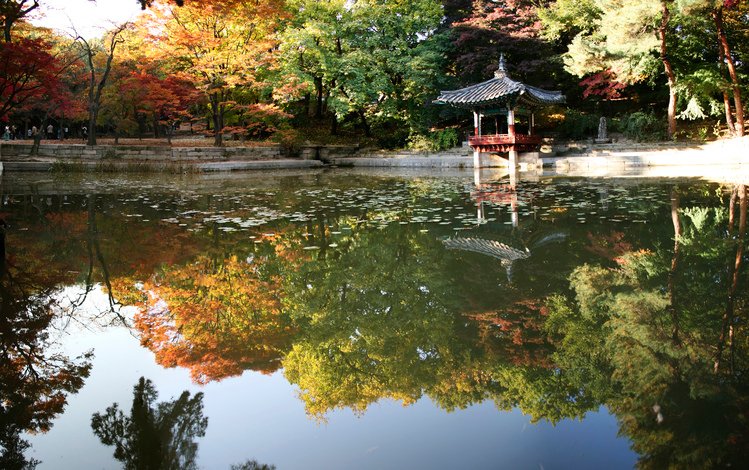
Bukchon Hanok Village
Bukchon Hanok Village is a traditional Korean village located between Gyeongbokgung Palace and Changdeokgung Palace. It consists of hundreds of hanok houses, traditional Korean houses with tiled roofs and wooden structures. Visitors can wander through the narrow alleyways, enjoy panoramic views of the city, and even experience a stay in a hanok guesthouse. Bukchon Hanok Village provides a unique opportunity to immerse yourself in Seoul’s traditional architecture and way of life.

Jongmyo Shrine
Jongmyo Shrine is a UNESCO World Heritage site and the oldest and most important Confucian shrine in Korea. It was built in the 14th century and served as the venue for royal ancestral rites during the Joseon Dynasty. Visitors can explore the shrine’s beautiful courtyards, buildings, and shrines, and learn about the rich cultural traditions and rituals that have been preserved for centuries.
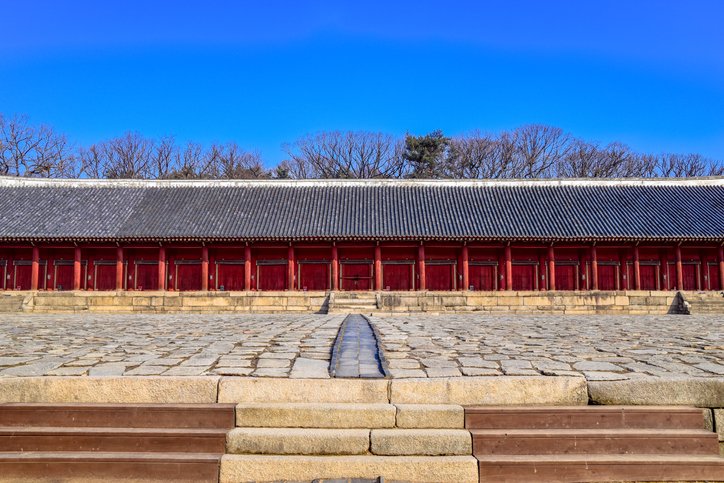
Deoksugung Palace
Deoksugung Palace is a unique blend of traditional Korean architecture and western-style buildings. It is known for its picturesque stone-wall road, beautiful gardens, and the changing of the guard ceremony. Visitors can explore the palace’s various halls, including the Seokjojeon building, which was the first western-style building constructed in Korea. Deoksugung Palace offers a captivating blend of traditional and modern influences.
Culinary Delights
Korean barbecue
Korean barbecue is a must-try culinary experience in Seoul. Visitors can enjoy a wide variety of grilled meats, such as beef, pork, and chicken, cooked right at the table. The meat is typically accompanied by an array of side dishes, including kimchi, pickled vegetables, and rice. Korean barbecue restaurants can be found throughout the city, offering both traditional and modern interpretations of this delicious dining experience.
Street food in Seoul
Seoul is renowned for its vibrant street food scene, offering a wide range of delicious and affordable treats. Visitors can stroll through bustling food markets like Gwangjang Market and Myeongdong Street and indulge in popular street food delicacies such as tteokbokki (spicy rice cakes), hotteok (sweet pancakes), and odeng (fish cake skewers). Exploring the city’s street food stalls is a fantastic way to experience the flavors and culinary traditions of Seoul.
Traditional Korean dishes
Seoul is filled with restaurants that offer traditional Korean cuisine, allowing visitors to taste the classic flavors of the country. From iconic dishes like bibimbap (mixed rice bowl) and bulgogi (marinated grilled beef) to comforting soups like kimchi jjigae (spicy kimchi stew) and samgyetang (ginseng chicken soup), Seoul has something to satisfy every taste. Traditional Korean dishes often incorporate a variety of flavors and ingredients, resulting in a delightful culinary experience.

Contemporary dining experiences
In addition to traditional cuisine, Seoul is also home to a thriving contemporary dining scene. The city boasts numerous Michelin-starred restaurants, trendy cafes, and stylish bistros. Visitors can indulge in innovative fusion dishes, celebrity chef creations, and unique dining concepts. Seoul’s contemporary dining experiences showcase the city’s culinary creativity and provide a taste of the city’s cutting-edge gastronomy.
Recreational Activities
Hiking on Mount Bukhansan
For outdoor enthusiasts, hiking on Mount Bukhansan is a must-do activity in Seoul. Just a short distance from the city center, this mountain offers stunning hiking trails, rocky peaks, and beautiful panoramic views of the city. Whether you’re an experienced hiker or a beginner, there are trails suitable for all skill levels. Hiking on Mount Bukhansan is a perfect way to escape the hustle and bustle of the city and immerse yourself in nature.
Visiting Namsan Park
Namsan Park is a picturesque park located in the heart of Seoul. The park is famous for its iconic N Seoul Tower, which offers breathtaking views of the cityscape. Visitors can take a leisurely stroll through the park’s lush greenery, enjoy a picnic, or hike up to the tower for panoramic views. Namsan Park is a popular recreational spot for locals and tourists alike, providing a serene and peaceful retreat right in the center of the city.
Cycling along the Han River
The Han River is a prominent feature of Seoul, and cycling along its banks is a popular recreational activity. Seoul has developed a vast network of cycling paths that stretch along the river, offering breathtaking views of the city skyline and the surrounding nature. Visitors can rent bicycles from various rental stations and enjoy a leisurely ride while taking in the sights and sounds of the city. Cycling along the Han River is a fantastic way to explore Seoul and stay active.
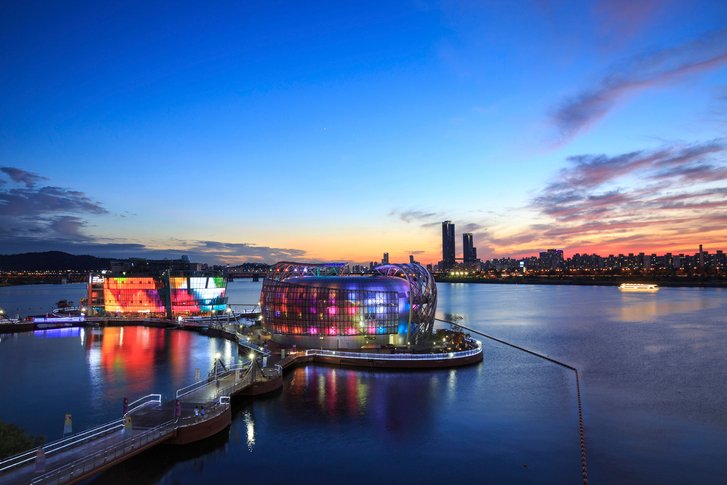
Skiing in the nearby mountains
Seoul is conveniently located near several ski resorts, making it an ideal destination for winter sports enthusiasts. Visitors can enjoy skiing or snowboarding in the nearby mountains, such as Yongpyong Ski Resort or Jisan Forest Resort. These resorts offer a range of slopes for all skill levels, as well as rental equipment and ski lessons. Skiing in Seoul’s nearby mountains provides an exhilarating and memorable experience for winter sports enthusiasts.
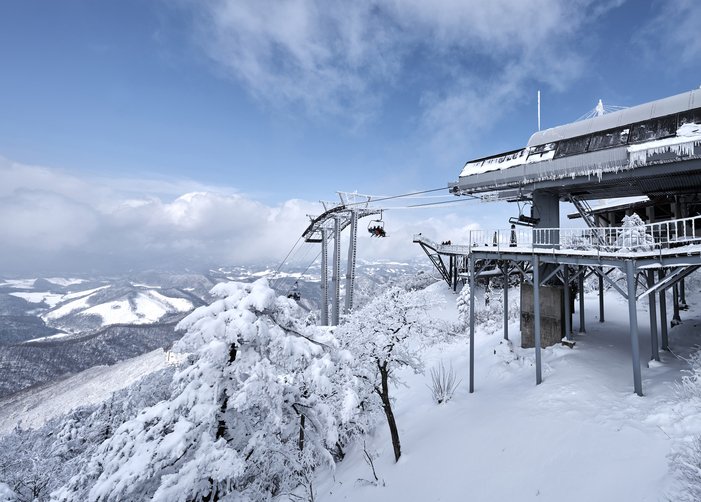
Shopping in Seoul
Myeongdong Shopping Street
Myeongdong is one of Seoul’s most popular shopping districts and a haven for fashion lovers. The bustling streets are lined with shops, department stores, and beauty boutiques offering a wide range of local and international brands. Visitors can shop for the latest fashion trends, cosmetics, skincare products, and accessories. Myeongdong is also famous for its street food stalls, allowing shoppers to enjoy delicious snacks while exploring the vibrant shopping street.
Dongdaemun Market
Dongdaemun Market is one of Seoul’s largest and most famous markets, offering a vast array of goods and products. The market is divided into different sections, including clothing, accessories, textiles, and electronics. Visitors can browse through countless shops and stalls, haggle for bargains, and experience the lively atmosphere of this bustling market. Dongdaemun Market is a haven for shoppers looking for unique finds and affordable prices.
Namdaemun Market
Namdaemun Market is another iconic market in Seoul, known for its labyrinthine alleys and diverse selection of goods. It is one of the oldest and largest traditional markets in Korea, offering a wide range of products, including clothing, accessories, souvenirs, and food. Visitors can explore the market’s various sections, bargain with the vendors, and sample delicious street food along the way. Namdaemun Market is a must-visit destination for those looking to experience Seoul’s vibrant market culture.
Insadong Shopping
Insadong is not only a neighborhood rich in traditional Korean culture but also a fantastic shopping destination. The streets of Insadong are filled with unique shops, boutiques, and galleries showcasing traditional Korean crafts, art, and souvenirs. Visitors can browse through antique shops, pottery stores, and calligraphy studios, and purchase traditional Korean souvenirs to take home. Shopping in Insadong is a wonderful way to immerse yourself in Korean aesthetics and bring a piece of Seoul’s cultural heritage back with you.
Getting Around Seoul
Public transportation
Seoul has an extensive and efficient public transportation system, making it easy to navigate around the city. The subway system is one of the most convenient modes of transportation, with multiple lines connecting different parts of the city. Buses and taxis are also readily available, providing additional options for getting around. Visitors can purchase a T-money card, a convenient rechargeable transportation card, to use on buses, subways, and even taxis.
Taxis and ridesharing
Taxis are a common mode of transportation in Seoul and can be easily hailed on the street or found at taxi stands. Taxis in Seoul are generally safe and reliable, and drivers typically use meters to calculate fares. However, it’s important to note that not all taxi drivers may speak English, so it can be helpful to have your destination written down or use a translation app. Ridesharing services like KakaoTaxi and Uber are also available in Seoul, providing an alternative to traditional taxis.
Renting a car
While public transportation is efficient in Seoul, some visitors may prefer the flexibility and convenience of renting a car. Renting a car allows for easier exploration of areas outside of the city center and provides more flexibility in terms of schedule. However, it’s important to note that traffic in Seoul can be congested, and parking spaces can be limited and expensive. Visitors interested in renting a car should be comfortable driving in a foreign country and familiarize themselves with local traffic rules and regulations.
Tips for Travelers
Language and communication
English is not widely spoken in Seoul, especially among the older generation. It can be helpful to learn a few basic Korean phrases or carry a translation app to communicate with locals. In popular tourist areas, some shop owners and service personnel may have some English fluency, but it’s always good to be prepared and patient when communicating.
Currency and money exchange
The currency in South Korea is the Korean Won (KRW). Currency exchange services are available at airports, banks, and some hotels. It’s a good idea to carry some cash for small purchases and in case you encounter places that do not accept cards. Credit cards are widely accepted in most establishments in Seoul. ATMs are also readily available throughout the city, allowing visitors to withdraw cash using their debit or credit cards.
Etiquette and cultural norms
Seoul has its own unique customs and etiquette practices that visitors should be aware of. It is customary to bow when greeting someone, and it’s polite to use both hands when giving or receiving items. It is also important to remove your shoes when entering someone’s home, as well as in certain traditional establishments. Respecting personal space and not being overly loud or disruptive in public places is also appreciated. Familiarizing yourself with basic Korean etiquette will enhance your cultural experience and help you navigate social interactions smoothly.
Safety and security
Seoul is generally a safe city for travelers, with a low crime rate. However, as with any urban area, it’s important to take precautions and be mindful of your belongings. Keep your valuables secure and be cautious in crowded areas to avoid pickpocketing. It is also advisable to stay out of confrontations and follow local laws and regulations. In case of any emergencies, the local police (112) and emergency medical services (119) can be contacted for assistance.
By following these tips and immersing yourself in Seoul’s rich history, vibrant culture, and exciting attractions, you’ll be able to make the most of your visit and create lasting memories in this dynamic and captivating city.

